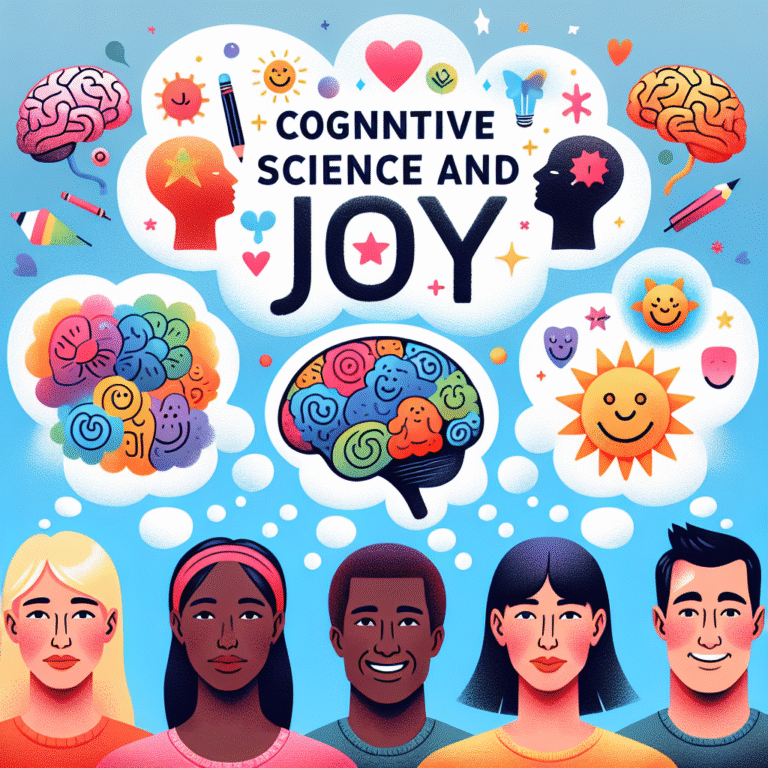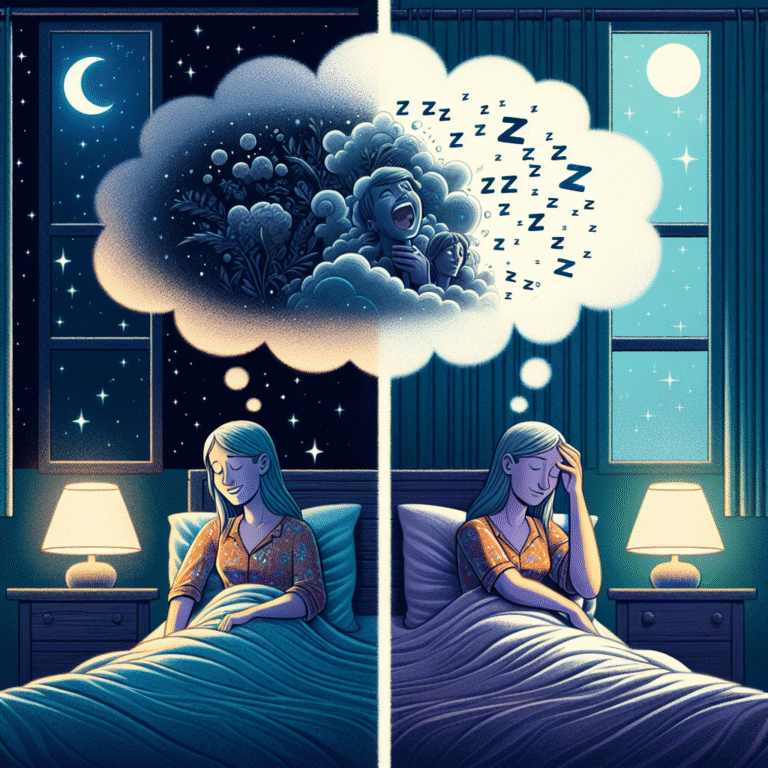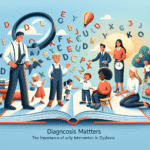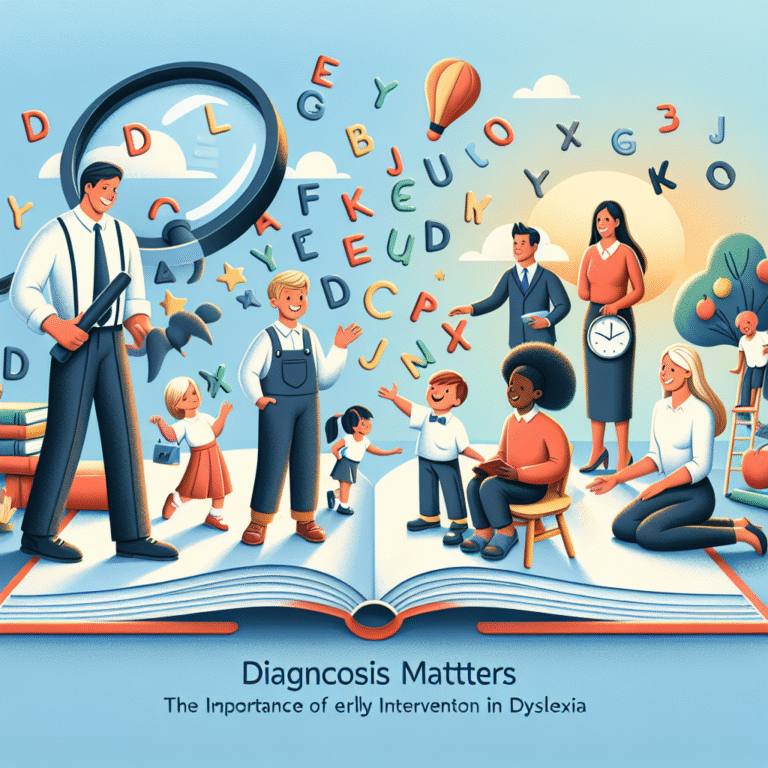
The Ultimate Guide to the Role of the Fight or Flight Response in Anxiety Disorders: What You Need to Know
Introduction
Have you ever felt your heart race, your palms sweat, and your body tense up during a moment of stress? This reaction can often be traced back to our primitive ancestors who faced life-threatening situations. The response is known as the fight or flight response—an automatic physiological reaction to perceived danger. In today’s fast-paced world, however, this once-survival mechanism can contribute to anxiety disorders in a significant way. Understanding the role of the fight or flight response in anxiety disorders: what you need to know is essential for anyone seeking to grasp the complexities of anxiety.
The fight or flight response isn’t just a relic from the past; it’s an intricate system that governs how we respond to fear and stress. While it can sometimes protect us, it can also exacerbate anxiety, making daily life challenging. In this article, we will dive deep into the mechanisms behind this response and explore its implications for anxiety disorders, offering unique insights, real-world case studies, and actionable steps for managing and understanding anxiety.
What is the Fight or Flight Response?
The fight or flight response is a series of physiological changes in the body initiated by the autonomic nervous system, specifically the sympathetic nervous system. When we perceive a threat, our body prepares us to either confront it (fight) or escape from it (flight). Key changes include:
- Increased heart rate
- Rapid breathing
- Heightened senses
- Muscle tension
- Release of stress hormones like adrenaline and cortisol
While this response is essential for survival, it can become problematic when activated too frequently, leading to anxiety disorders.
The Science Behind the Response
The fight or flight response is primarily controlled by the amygdala, a small almond-shaped structure in the brain that processes emotions. When it perceives danger, the amygdala signals the hypothalamus, which activates the adrenal glands to release adrenaline. This chain reaction prepares the body to either fight or flee.
Table 1: Key Changes During Fight or Flight Response
| Physiological Change | Purpose |
|---|---|
| Increased heart rate | Supplies more oxygen to muscles |
| Dilated pupils | Enhances vision |
| Suppressed digestion | Conserves energy for immediate needs |
| Increased blood sugar | Provides quick energy |
The Fight or Flight Response in Anxiety Disorders
Understanding Anxiety Disorders
Anxiety disorders encompass a range of conditions characterized by excessive fear or worry. They include:
- Generalized Anxiety Disorder (GAD)
- Panic Disorder
- Social Anxiety Disorder
- Specific Phobias
People suffering from anxiety disorders may experience heightened fight or flight responses even in non-threatening situations. This overreaction is where the link between anxiety and the fight or flight response becomes evident.
Case Study 1: Sarah’s Experience with GAD
Sarah, a 27-year-old graphic designer, often felt overwhelmed by anxiety. Everyday situations—like giving a presentation at work or attending social events—triggered her fight or flight response, leading to physical symptoms like rapid heartbeats and nausea. By recognizing how her brain was misinterpreting threats, Sarah was able to work with a therapist to develop coping mechanisms and gradually expose herself to these triggers in a safe environment.
Analysis: Sarah’s case highlights how understanding the physiological response can empower individuals to confront their fears directly, reducing anxiety symptoms over time.
Is Fight or Flight Always a Bad Thing?
Not necessarily. In moderation, the fight or flight response can motivate us to tackle challenging situations. However, when it becomes the default setting—frequently triggered by daily stressors—this can spiral into anxiety disorders. This is why learning to manage our stress response is crucial.
The Role of Stress Hormones
When the fight or flight response is activated, cortisol plays a pivotal role. Excessive cortisol can disrupt various bodily functions and lead to symptoms often mistaken for other health issues.
Table 2: Effects of Elevated Cortisol
| Health Impact | Description |
|---|---|
| Weight Gain | Increased appetite |
| Sleep Disruption | Difficulty falling/staying asleep |
| Memory Problems | Impaired cognitive function |
Coping Strategies and Techniques
Mindfulness and Relaxation Techniques
Practicing mindfulness can help regulate the fight or flight response in those grappling with anxiety disorders. Techniques such as deep breathing, meditation, and yoga facilitate a state of relaxation, counteracting the heightened stress response.
Cognitive Behavioral Therapy (CBT)
CBT is a powerful tool in retraining the brain’s anxiety response. Through specialized exercises, individuals can learn to challenge and change unhelpful thoughts and behaviors, reducing the frequency of the fight or flight activation.
Case Study 2: John’s Journey with Panic Disorder
John, a 35-year-old teacher, experienced recurrent panic attacks triggered by stress. Through CBT, he learned to identify the cognitive distortions that fueled his anxiety. By reframing his thoughts, John gradually diminished his panic attacks and regained control over his life.
Analysis: This case illustrates CBT’s effectiveness in managing the fight or flight response. By addressing thought patterns, John was able to reduce his physiological reactions to stressors.
Lifestyle Modifications
Diet and Exercise
Regular physical activity is another effective way to mitigate anxiety. Exercise helps reduce stress hormones and releases endorphins, which can significantly improve mood. A balanced diet rich in vitamins and minerals can further support emotional health.
Social Support Networks
Surrounding yourself with supportive friends and family can also help buffer against anxiety. Sharing experiences and feeling understood mitigates stress responses and fosters resilience against anxiety disorders.
Case Study 3: Emily’s Social Support
Emily, who struggled with social anxiety, found solace in a local support group. Sharing her experiences with others who understood her fears provided her with a sense of community and belonging, ultimately lessening her anxiety symptoms.
Analysis: This underscores the importance of social connections in combating anxiety and moderating the fight or flight response.
Conclusion
Understanding the role of the fight or flight response in anxiety disorders: what you need to know can equip individuals with the knowledge and strategies to confront their fears. Recognizing this automatic response and its impact allows us to reclaim our lives from anxiety disorders.
By incorporating mindfulness, therapy, lifestyle changes, and leveraging social support, individuals can effectively manage their anxiety and navigate life more freely. Embrace the journey towards understanding and healing.
FAQs
1. What triggers the fight or flight response in anxiety?
The fight or flight response is triggered by perceptions of threat, which can vary from person to person. Common triggers include stress at work, social situations, or even specific phobias.
2. Can the fight or flight response lead to long-term health issues?
Yes! Chronic activation of the fight or flight response can result in long-term health problems, including anxiety disorders, cardiovascular issues, and weakened immune function.
3. How does mindfulness help with anxiety?
Mindfulness practices help individuals become aware of their thoughts and feelings in a non-judgmental manner, creating a sense of calm. This awareness can reduce the intensity of the fight or flight response.
4. Are all anxiety disorders linked to the fight or flight response?
While most anxiety disorders can be associated with the fight or flight response, the severity and manifestation can differ. Some individuals may experience heightened responses, while others may have subtler reactions.
5. What role does therapy play in managing anxiety?
Therapy, particularly cognitive behavioral therapy (CBT), plays a significant role in managing anxiety by altering the thought patterns that trigger the fight or flight response, thereby helping individuals cope with anxiety more effectively.
By understanding the intricate dance between the fight or flight response and anxiety disorders, we can carve out paths toward healing, resilience, and emotional well-being. Take the first step today, and remember—you are not alone in this journey.
















